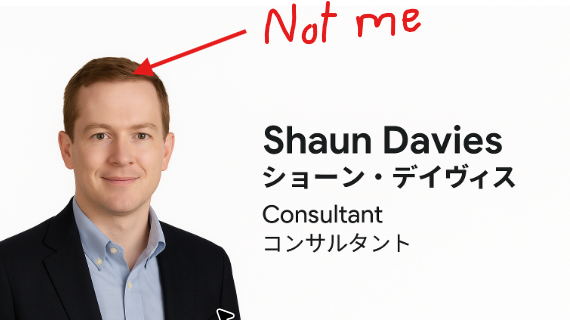Hands on with the new ChatGPT agent mode: Mindblowing with a side of hallucination
In this “how to” on OpenAI’s new agent mode, AI training consultant and former Microsoft product manager Shaun Davies takes us through a fundamental shift in how LLMs integrate into workflows: “For marketers and media professionals, this is a tangible preview of the future.”

For the past couple of years, we’ve been learning to treat AI like a clever tool—a supercharged search engine or a brainstorming partner. With the release of ChatGPT Agent, OpenAI is asking us to change our thinking. This isn’t a tool you wield, it’s a digital colleague you brief. It takes your instructions and works autonomously in its own little virtual computer, sometimes with brilliant results, and sometimes by hallucinating your face onto a PowerPoint slide. It’s a profound change in how we interact with AI, moving from operator to manager.
And despite moments of absurdity and some privacy concerns, the experience of working with this weird digital colleague left a strong impression. Two days ago, I was in the agent-skeptic camp, convinced it would be some time before these tools could meaningfully impact my workflow. But after putting it through its paces, I’m starting to think my Pro subscription might just be worth the A$300 a month.
The basics: How agent works
To turn it on, you simply select Agent from the Tools menu. It’s not available on a free plan, and there’s a use limit on other plans. The Pro limit is really high at 500 runs per month.

